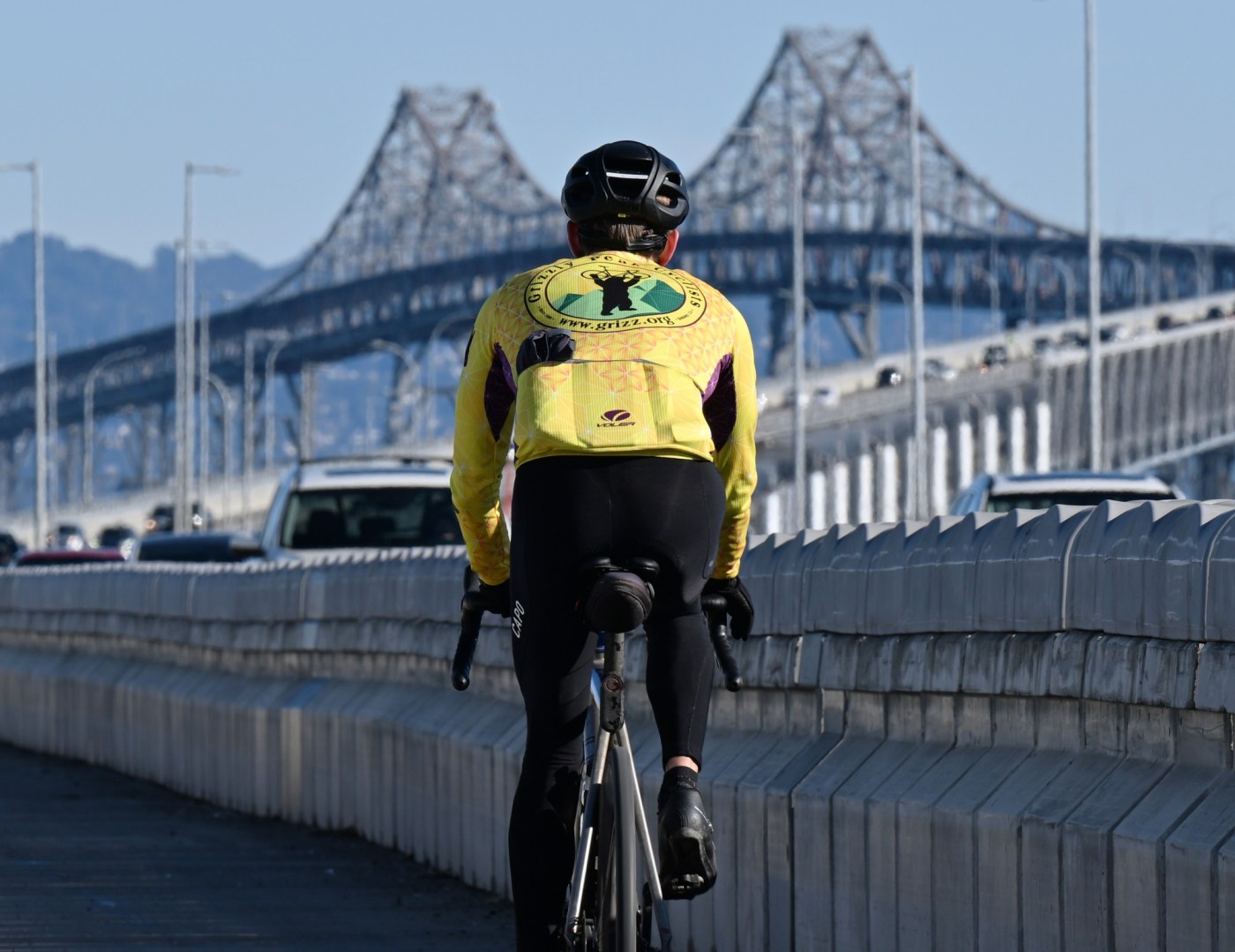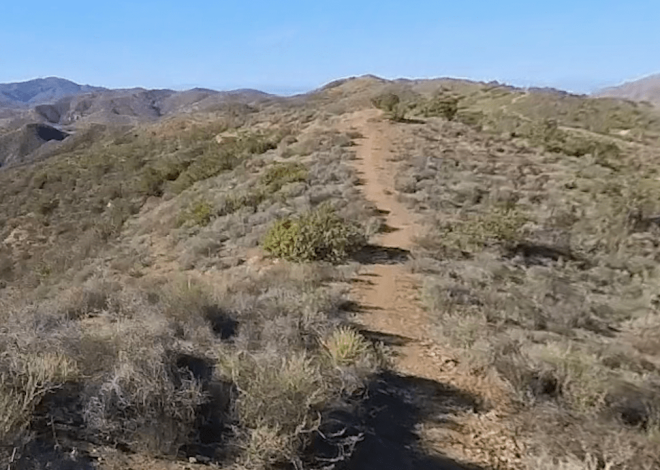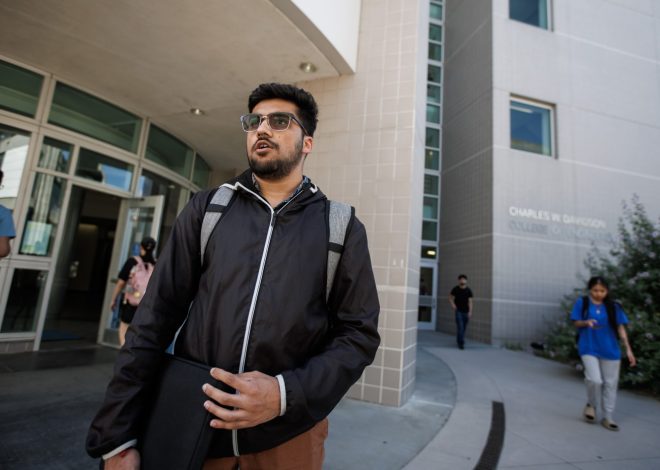
Agency to vet Richmond-San Rafael Bridge bike lane experiment
A key forum is scheduled this week on a controversial proposal to remove a multiuse path on the Richmond-San Rafael Bridge four days a week on a trial basis.
Related Articles
Richmond awarded $9.5 million federal transportation grant
Me & My Car: 1923 Ford Model T in Castro Valley once sped up to 53 mph
Editorial: Unjustified $2.50 Bay Area bridge toll hike, murky accounting should prompt state audit
BART closes Hayward station for nearly three hours as police investigate possible stabbing
Map: How bad is Tahoe traffic right now?
Under the proposal, the 10-foot wide, barrier-protected bicycle and pedestrian path would be removed from 9 p.m. Sunday through 2 p.m. Thursday to free the shoulder on the westbound upper deck for emergencies such as breakdowns or crashes during peak commuter hours. A shuttle would operate from 6 a.m. to 7 p.m. to transport cyclists when the path is closed.
The San Francisco Bay Conservation and Development Commission was expected to put the matter to a vote at its November or December meetings. Instead the commission, commonly referred to as BCDC, is holding a workshop Thursday to further vet the proposal.
“Workshops are something that BCDC does from time to time, particularly for more complicated issues,” said Rylan Gervase, spokesperson for the agency. “This issue fits into that category.”
The westbound shoulder lane was converted to a multiuse lane for bikes and pedestrians in 2019 as a four-year pilot project. The prior year, a part-time third traffic lane was opened on the eastbound lower deck.
The Bay Area Toll Authority, a subsidiary of the Metropolitan Transportation Commission, voted in May to move ahead with the new proposal, which includes making the eastbound third lane a permanent feature. Caltrans and the Metropolitan Transportation Commission submitted the application to BCDC in the summer and have been awaiting a public hearing.
Gervase said since the application was filed, the commission has raised a number of questions. The workshop is an opportunity for Caltrans and MTC to present their case, he said.
“We’re not at a point of having a staff recommendation,” Gervase said. “Once they’re able to get the information and clarification from MTC and Caltrans, then we’ll be able to take this to a vote at some point early this year.”
Critics of the path, mostly driving commuters and their employers, say westbound traffic is worse than ever, while supporters maintain the path is a successful multimodal connection between the North Bay and the East Bay.
The proposal has drawn support from the Marin County Board of Supervisors, which voted unanimously in November to submit a letter to BCDC urging the two-year pilot to evaluate the effects of such a change.
The West Contra Costa County Transportation Commission and the cities of Albany, Richmond and Berkeley have written to BCDC to support 24/7 access to the bicycle and pedestrian bridge path.
Dozens of Bay Area residents also submitted comments to officials, with a majority criticizing the path as “underused,” and a cause of vehicle backups.
Joanne Webster, president and chief executive officer of the North Bay Leadership Council, said commuters are most affected in the event of a crash or other incident where vehicle lanes are blocked and there is no emergency lane available to clear the mess.
Those most affected are workers in fields where remote work or appropriate transit options are not practical, such as care providers, educators and public safety workers, Webster said.
“These sometimes unpredictable commute times can make employees late to work, and incur loss of wages,” Webster said. “They are frustrated and stressed and that translates into loss of productivity and impacts their quality of life.”
Bicycle advocacy groups, including the Marin County Bicycle Coalition, have a different view.
“MCBC remains committed to maintaining a 24/7 multiuse pathway on the bridge and we hope that BCDC will take seriously their mandate of providing maximum feasible public access to the San Francisco Bay,” said Warren Wells, policy and advocacy director for the organization.
The path averages about 140 bicycle trips a day on weekdays and 360 trips a day on weekends, according to MTC. By comparison, the bridge serves around 35,000 drivers a day.
The San Francisco Bay Conservation and Development Commission is set to meet at 1 p.m. Thursday in the Yerba Buena Room of the Metro Center at 375 Beale St. in San Francisco.
The agenda, meeting materials and instructions on how to participate remotely are online at bit.ly/4gXkoxc.


